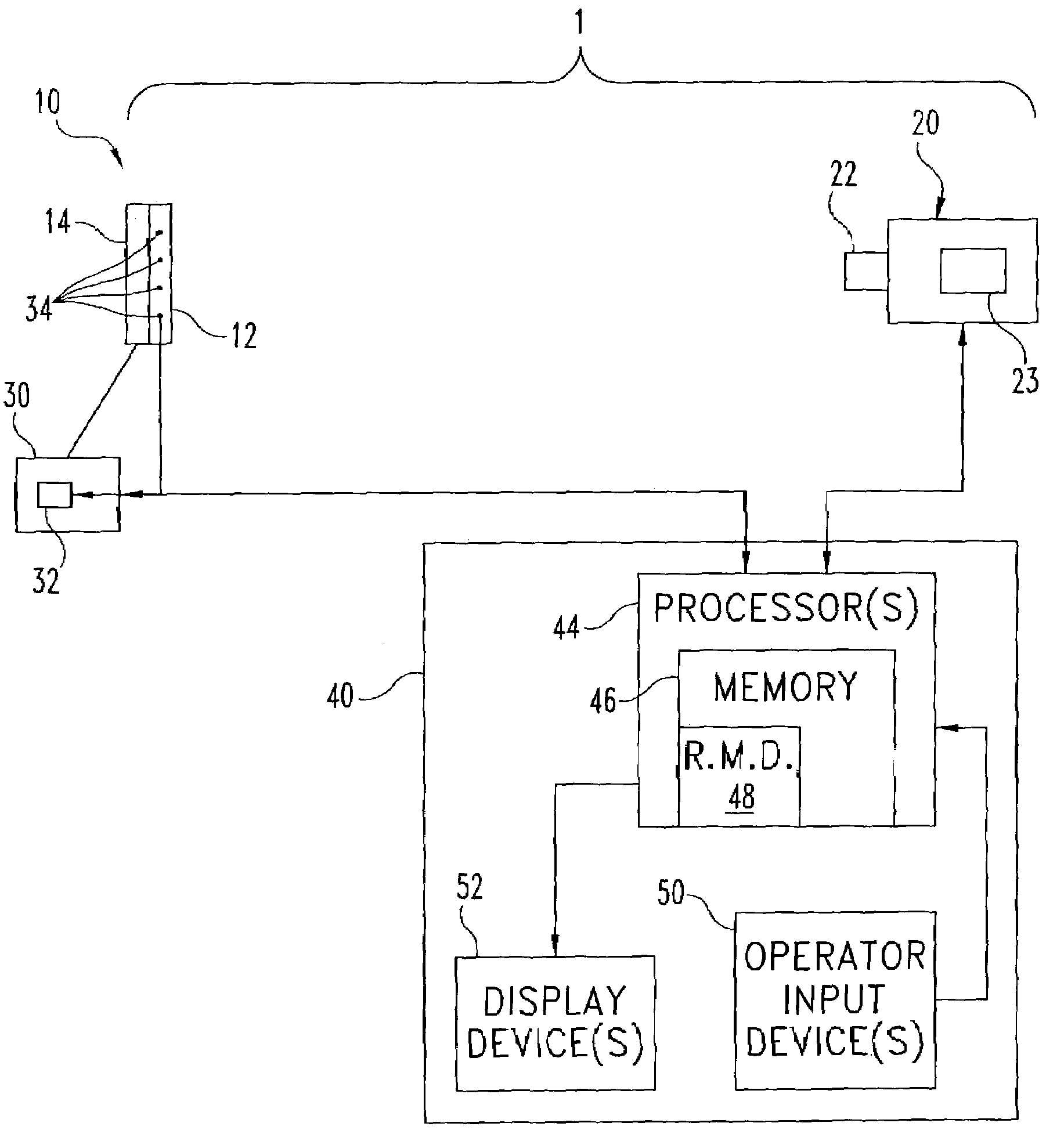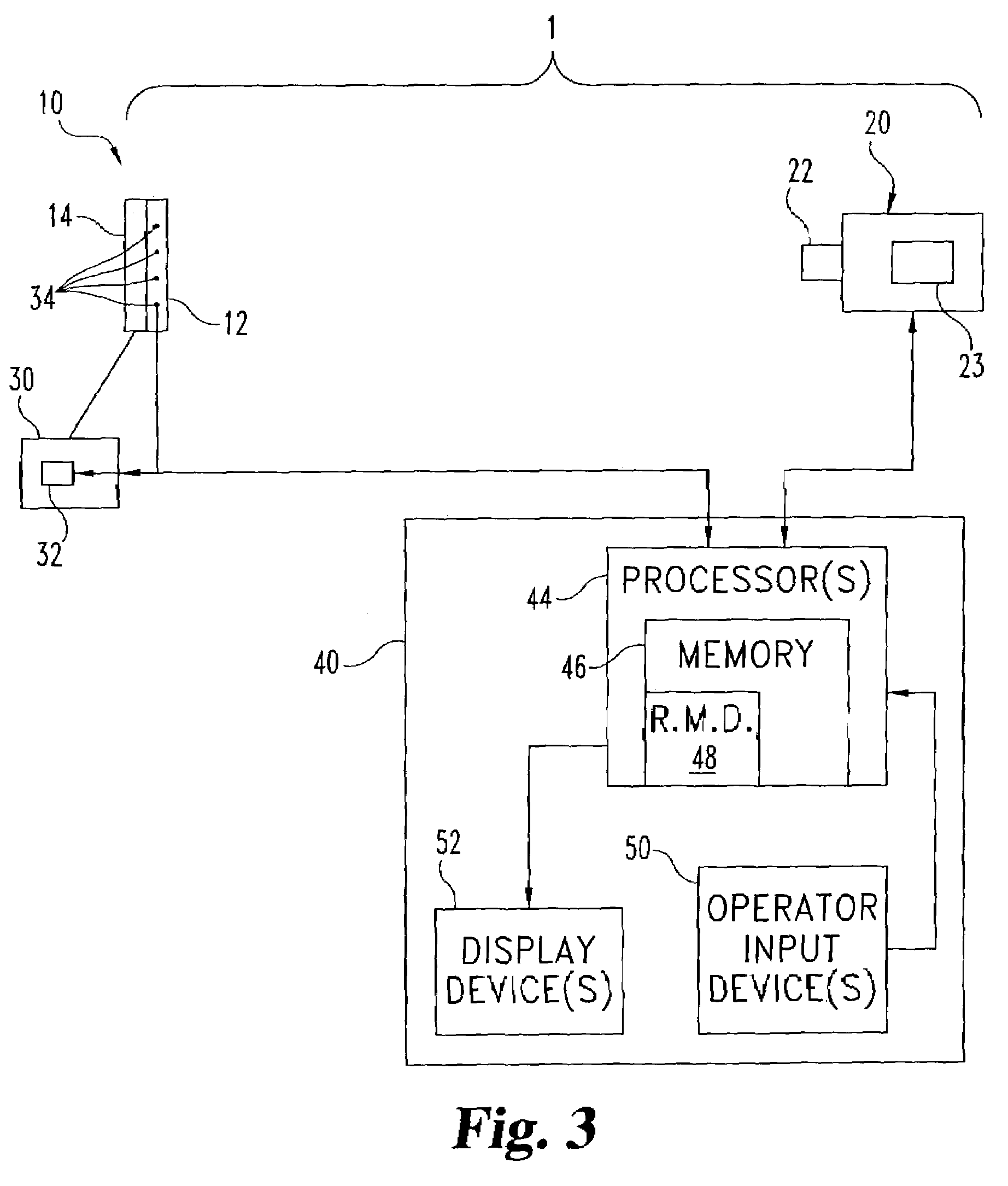Methods and systems for remote detection of gases
- Summary
- Abstract
- Description
- Claims
- Application Information
AI Technical Summary
Benefits of technology
Problems solved by technology
Method used
Image
Examples
examples
Comparison of Inventive Remote Detection Technique to Active and Passive Detection Systems
[0062]A goal of the experimental work described herein was careful quantification, under well-controlled plume release conditions, as to the relative sensitivity of the active, passive, and inventive IR detection techniques. This work was done in an open field release under adverse scintillation conditions (ambient temperature >30° C., heavy daytime turbulence), and therefore represents realistic upper bounds on sensitivity.
PUM
 Login to View More
Login to View More Abstract
Description
Claims
Application Information
 Login to View More
Login to View More - R&D
- Intellectual Property
- Life Sciences
- Materials
- Tech Scout
- Unparalleled Data Quality
- Higher Quality Content
- 60% Fewer Hallucinations
Browse by: Latest US Patents, China's latest patents, Technical Efficacy Thesaurus, Application Domain, Technology Topic, Popular Technical Reports.
© 2025 PatSnap. All rights reserved.Legal|Privacy policy|Modern Slavery Act Transparency Statement|Sitemap|About US| Contact US: help@patsnap.com



